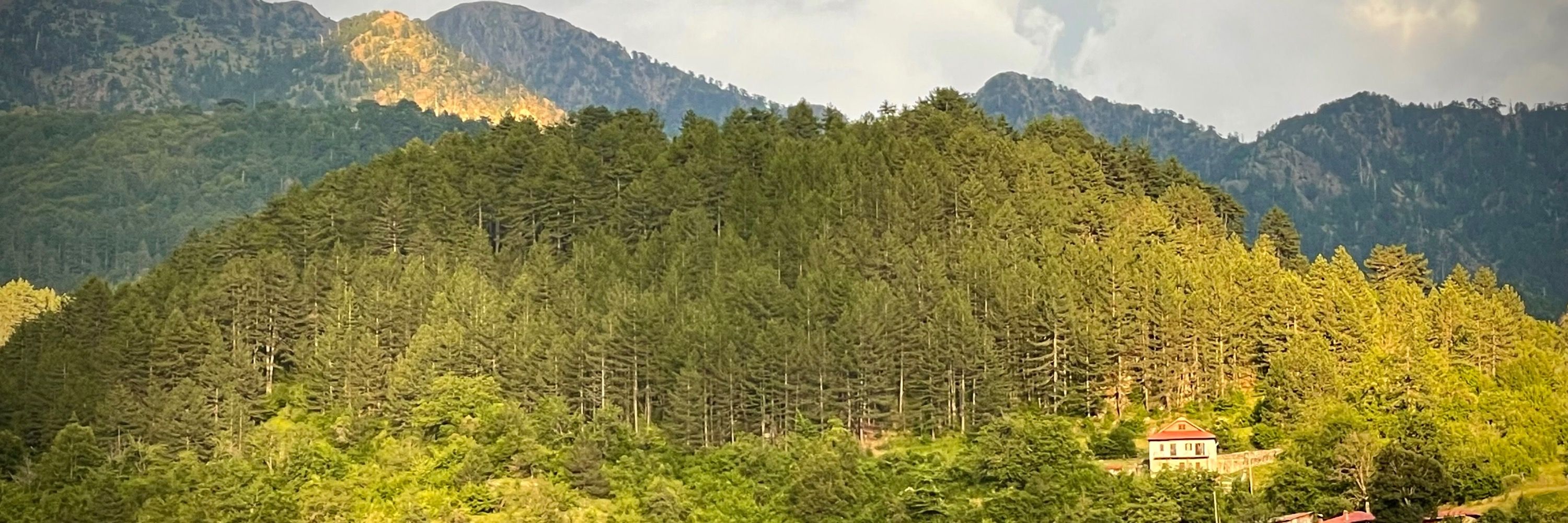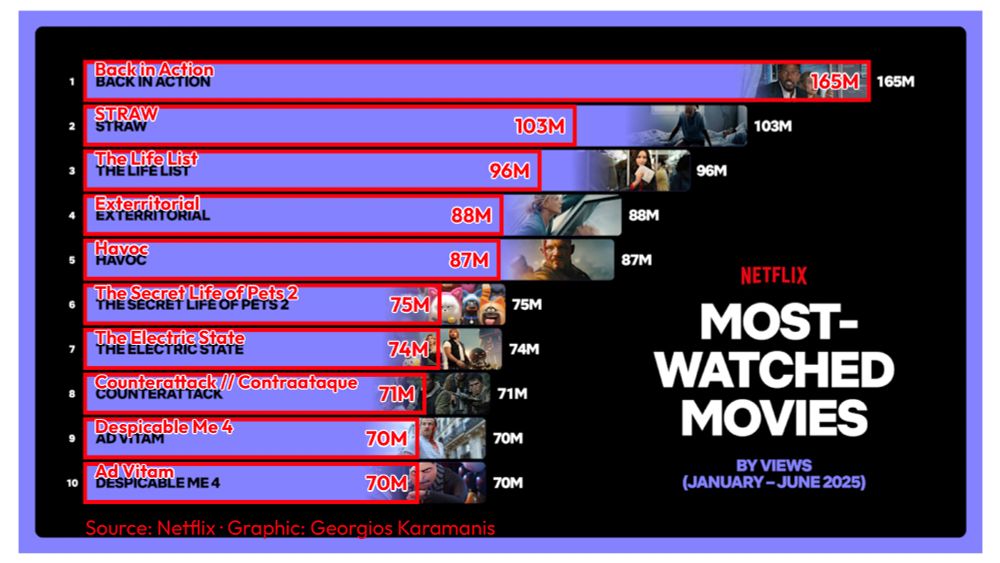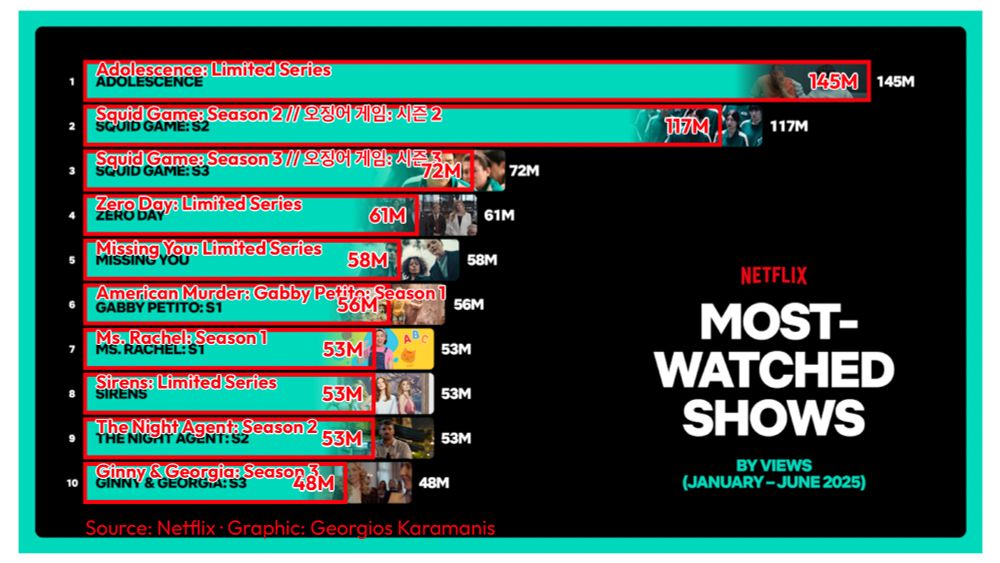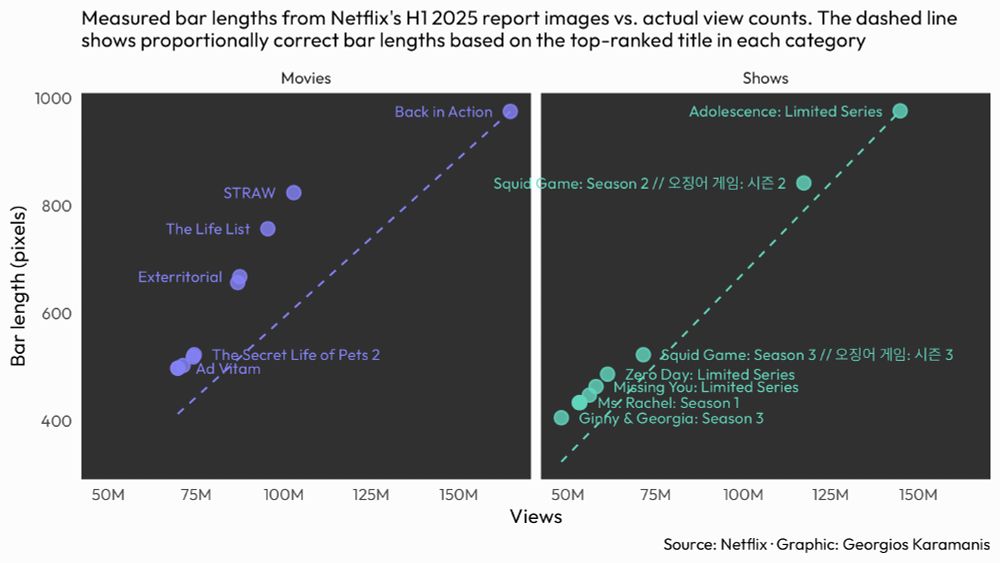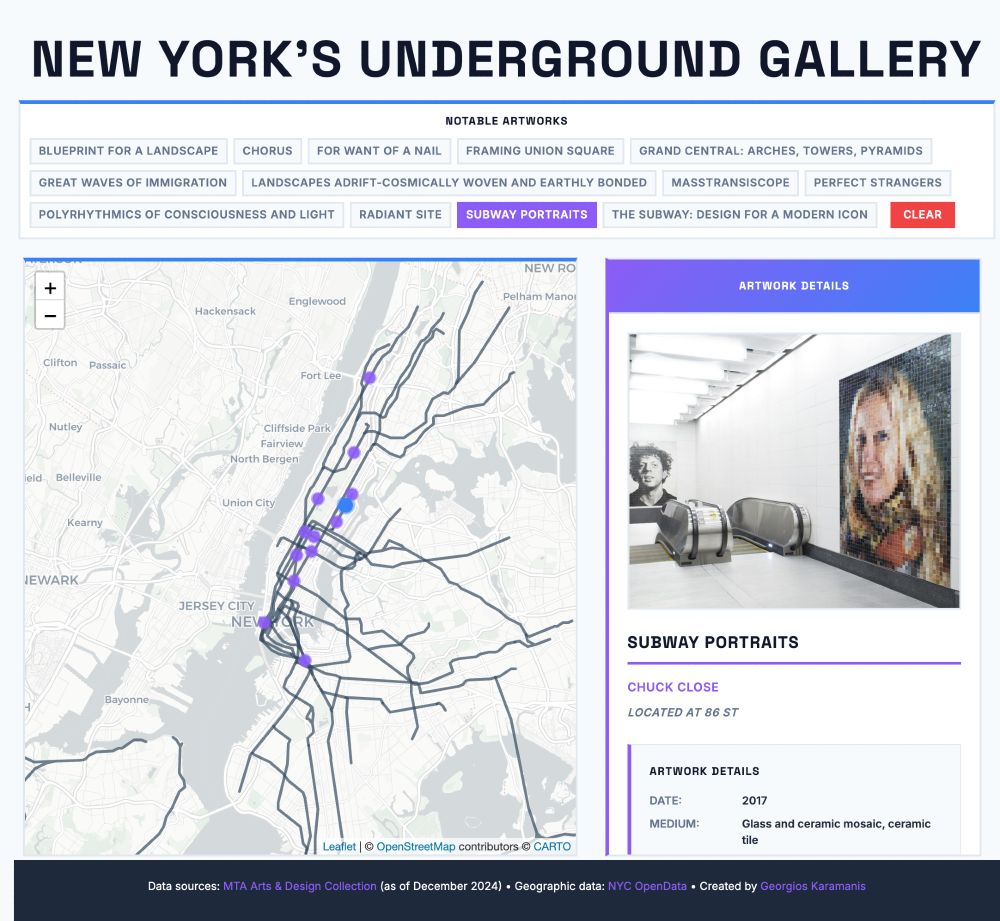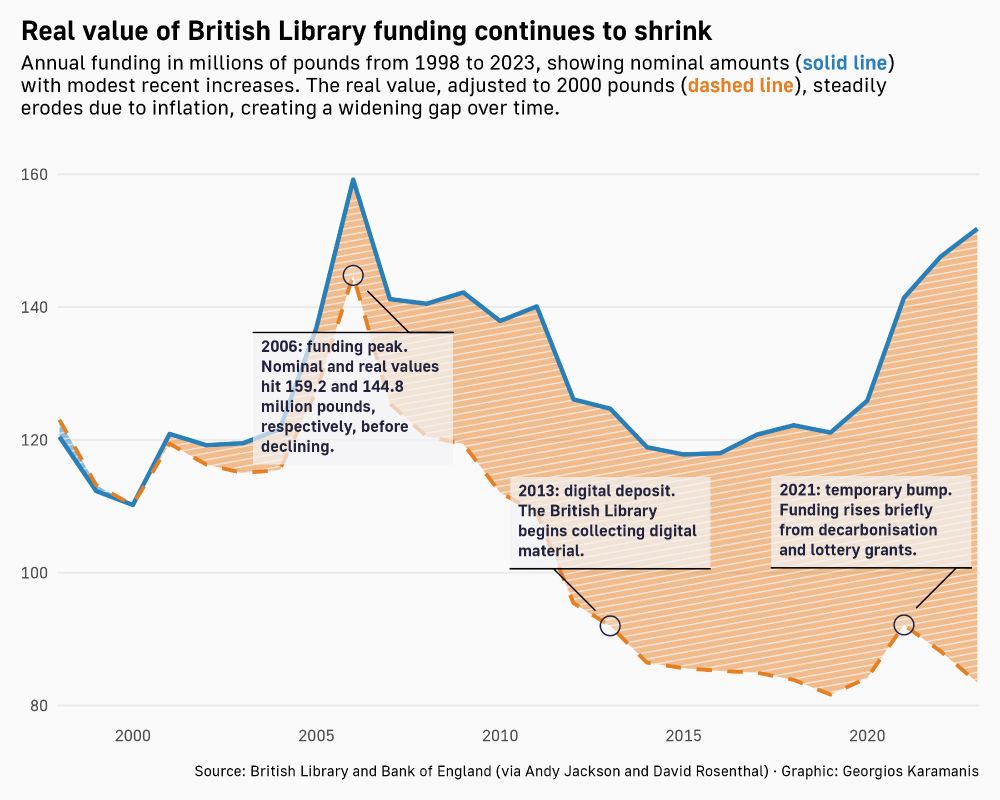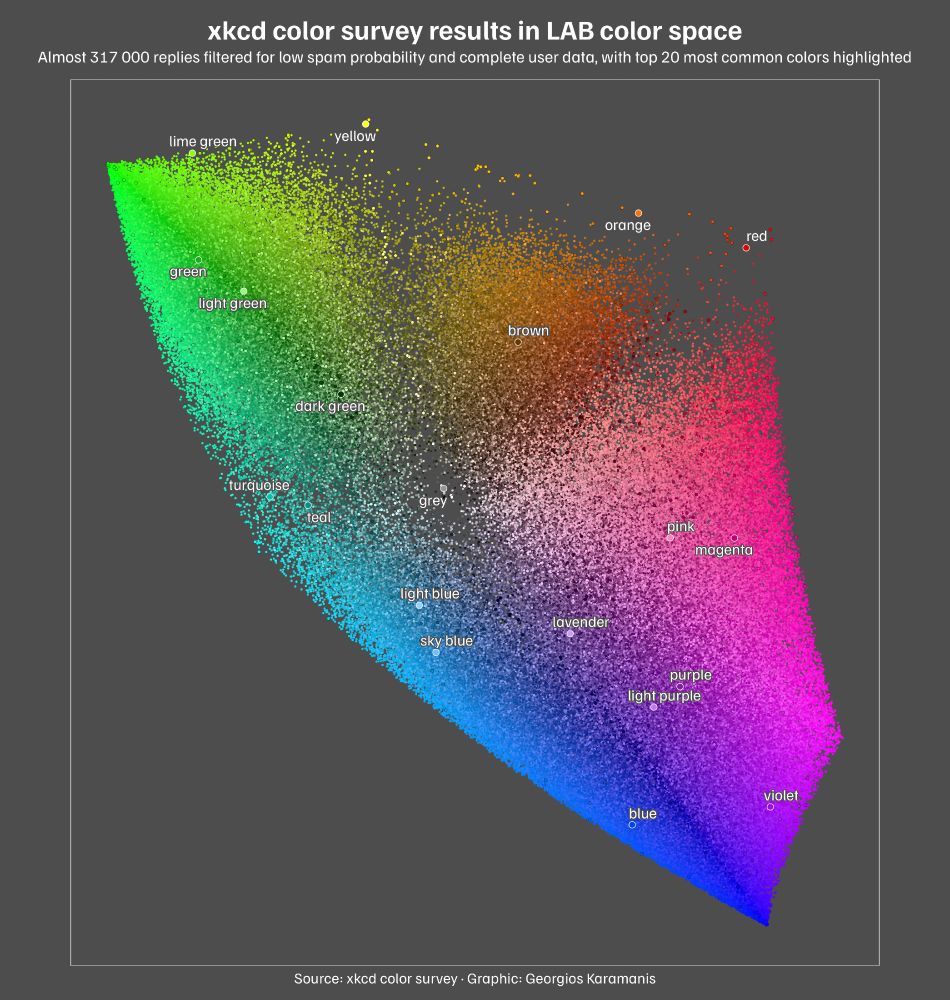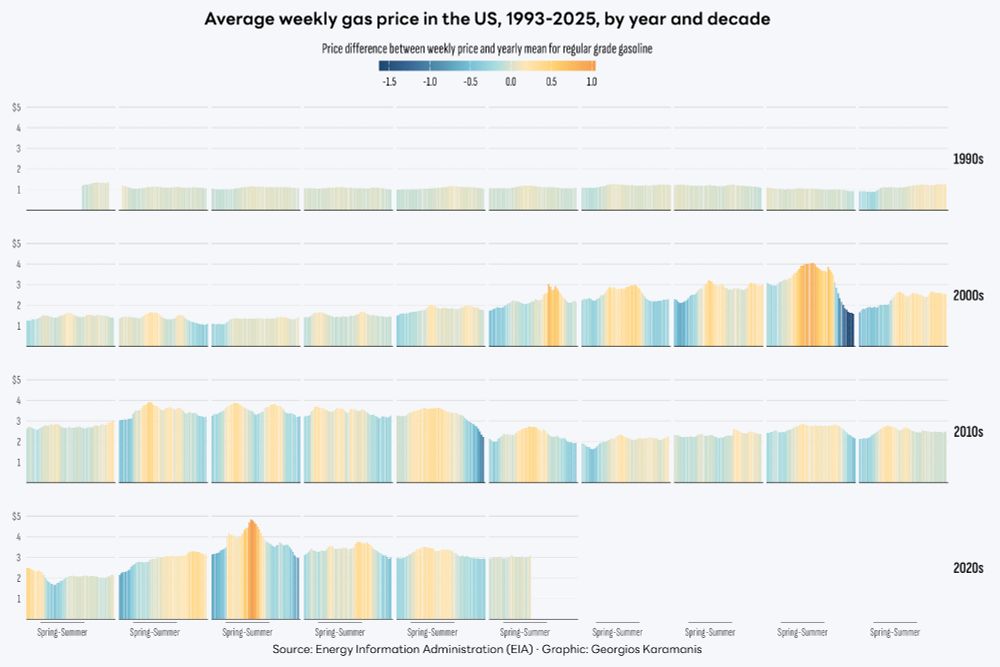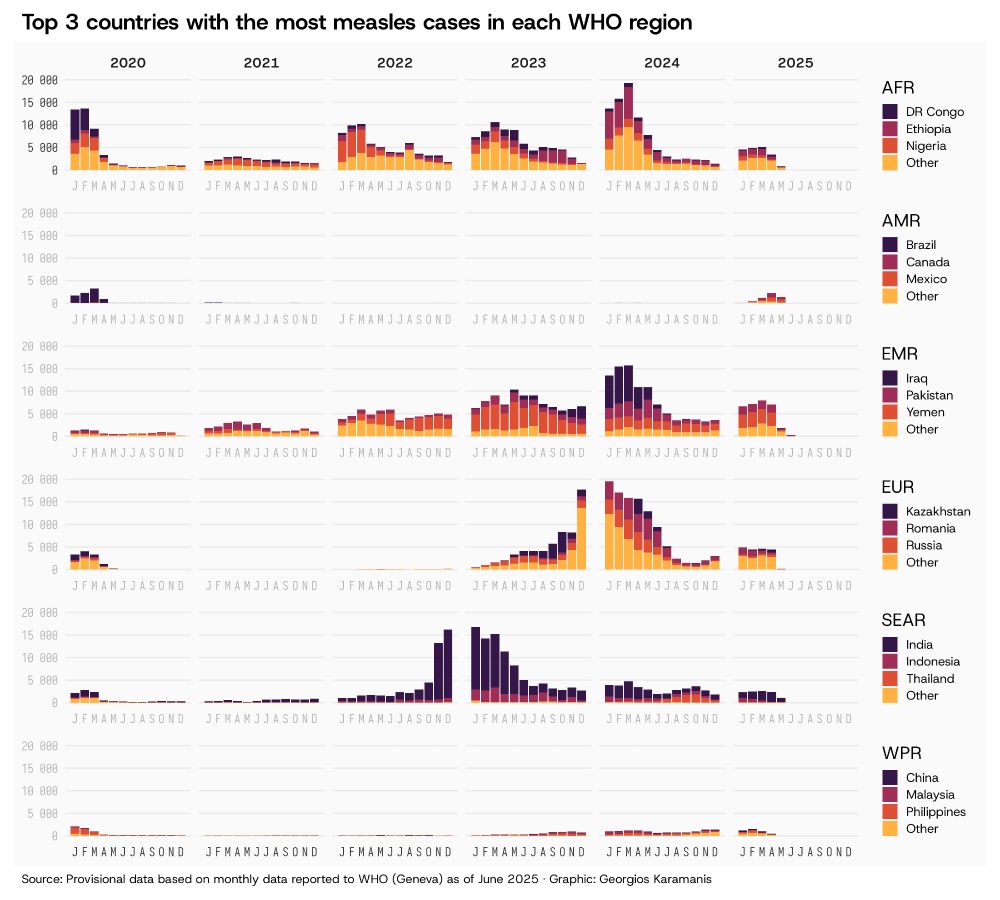Georgios Karamanis
@karaman.is
2.6K followers
180 following
260 posts
Dataviz designer, psychiatrist, PhD student
https://karaman.is
Posts
Media
Videos
Starter Packs
Georgios Karamanis
@karaman.is
· Aug 19
Reposted by Georgios Karamanis
Reposted by Georgios Karamanis
Georgios Karamanis
@karaman.is
· Jul 28
Georgios Karamanis
@karaman.is
· Jul 28
